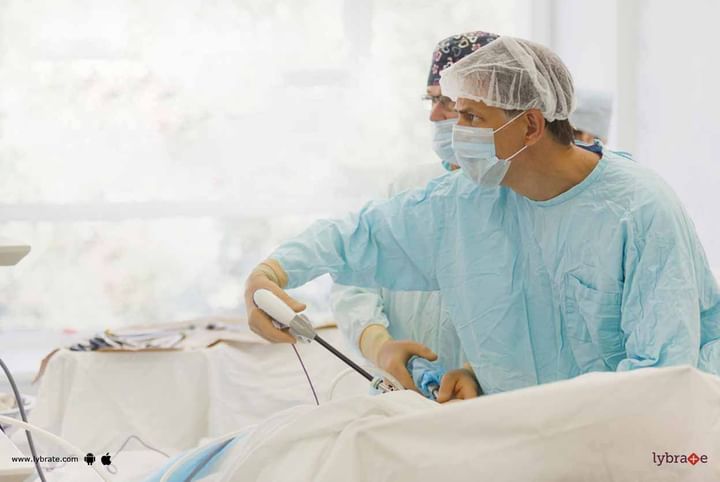Laparoscopic Cholecystectomy Procedure!
Surgeons perform the Laparoscopic Cholecystectomy Procedure when there is an obstruction to the flow of bile from the gallbladder to the digestive system. This may happen due to the formation of stones in the gallbladder.
In case there is stone in the gallbladder, it calls for the removal of gallbladder. If the gallbladder is not removed, it may give rise to abdominal pain, nausea, vomiting, pain in the shoulder, arms, etc. It may also lead to jaundice and infection and put the pancreas in difficulty. The gallbladder removal procedure can be carried out through the Laparoscopic Cholecystectomy.
In this procedure, the gallbladder is removed from the abdomen through small incisions using a laparoscope and other surgical instruments. A total of five incisions are made into the abdomen.
Role of Gallbladder and Why Laparoscopic Cholecystectomy is Needed?
The gallbladder is a pear-shaped organ located at the right side of the liver. It helps the digestive system of the body. The gallbladder stores the bile juice made by the liver. This bile juice helps in digesting the fat. If there are stones in the gallbladder, it can block the flow of bile fluid, which affects the functionality of digestive system. This problem is known as Gallstones. A Laparoscopic Cholecystectomy is performed when there is a stone in the gallbladder.
What Is a Laparoscope and How Is It Used?
A laparoscope is a narrow tube-like structure that carries a camera in front of it. This instrument is inserted through a small incision and the doctor manipulates it to view the targeted area clearly. He can view the area clearly on the monitor. Surgical instruments are then inserted through other incisions, and the gallbladder is removed.
The Procedure:
Before the procedure, the patient is administered with general anesthesia. This relaxes the muscles and prevents pain. The patient falls asleep and the doctor carries out the procedure. Carbon dioxide is inserted into the abdomen to inflate it. After this, a small incision is made in the navel and the laparoscope is inserted through it. The surgeon may also perform an X-ray to confirm the existence of stones in the common bile duct. Once he is confirmed about the existence of stones, he inserts surgical instruments through other incisions. The surgeon removes the gallbladder through these incisions.
What Are the Benefits of Laparoscopic Cholecystectomy Procedure?
There are many benefits of Laparoscopic Cholecystectomy over open gallbladder removal:
-
The patient suffers less discomfort compared to regular surgery.
-
The patient also needs to stay in the hospital for a lesser number of days as compared to open surgery.
-
The patient also suffers smaller tears as compared to open surgery.
Risks of Laparoscopic Cholecystectomy:
The risk of complications is low in a laparoscopic procedure. However, there are still some risks, that include:
-
Infection
-
Business
-
Injury to the common bile duct
-
Leakage of Bile
Conclusion:
Laparoscopic cholecystectomy has become a popular option for patients suffering from gallbladder stone. Surgeons often suggest this procedure so that patients can recover quickly and there is minimal bleeding. However, the laparoscopic surgeon must be experienced to perform this type of surgery. An experienced laparoscopic surgeon can ensure that there are minimal bleeding and little risk of other side effects during the procedure. The patient must be able to recover quickly and get back to his routine.



+1.svg)
